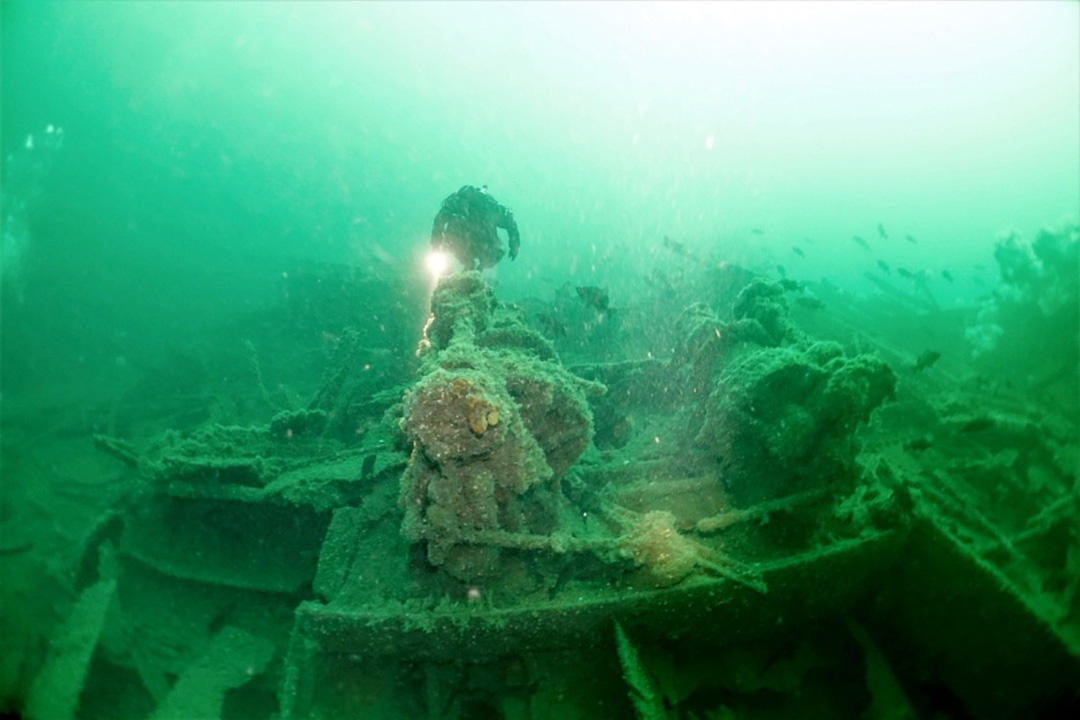
U of S prof revisits the Princess Sophia, the sunken 'Ship of Sorrow'
The more than 350 people who died aboard the SS Princess Sophia were Canadians and Americans by nationality, but avocation had made them all Northerners.
By Richard Watts / Times ColonistKen Coates, co-author of The Sinking of the Princess Sophia, Taking the North Down With Her, said historical examination of the disaster, the worst in B.C. and West Coast history, offers an interesting insight into the behaviour of a people who were becoming integrated by the northern experience.
“People from Victoria would go up north to work in the Yukon, but also go to work in Alaska,” said Coates, a public policy professor with the at the Johnson-Shoyama Graduate School of Public Policy at the U of S and Canada Research Chair in Regional Innovation. “People from Alaska would come down in the winter to live in Vancouver or Washington, Oregon or California.
“The sinking of the Princess Sophia and the stories that weave in and around the 350 who died remind us of a time when what they called the North Lands was a very unique, cross-border society,” he said in a recent interview with the Times Colonist.
The SS Princess Sophia sank on Oct. 25, 1918, with estimates of the death toll ranging up to 367. Nobody on board survived, save one pet dog who swam to shore. The ship was one of four coastal liners operated by the Canadian Pacific Railway, all named for princesses.
Coates said what is intriguing is how the disaster has slid from memory and has only begun to resurface in the past 20 years. Coates said the death toll alone, about 10 per cent of the non-Indigenous population of the North, should have made it more infamous.

